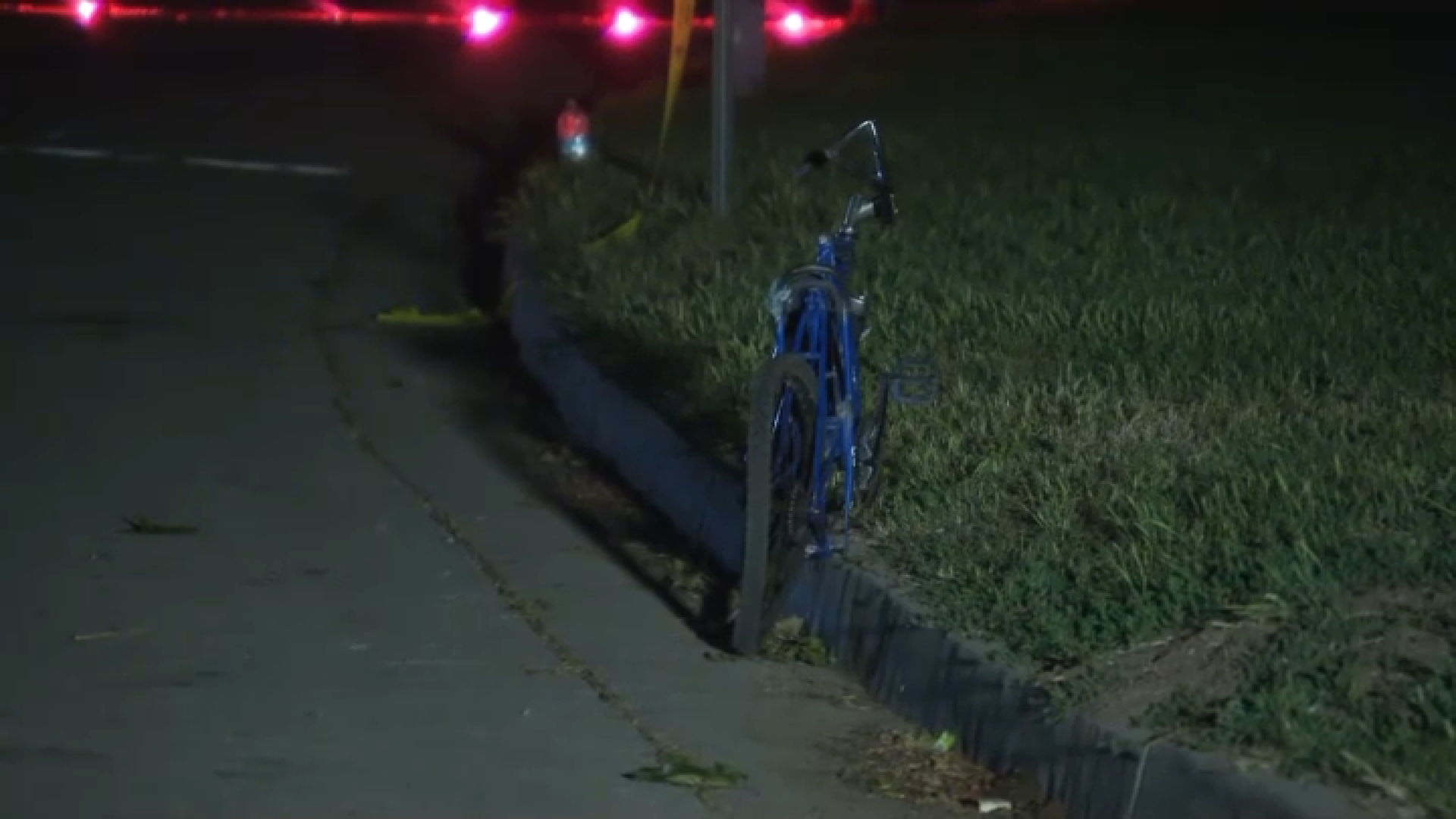A bear threw its own summer pool party in the backyard of a Burbank home during last week's heat wave.
Police responded on an extremely warm Friday afternoon to a bear sighting 1300 block of Paseo Redondo in the neighborhood above the San Fernando Valley. Officers found the bear relaxing in the corner of a Jacuzzi, one arm resting casually at times on the edge, in the backyard of the hillside home.
After a dip, the bear climbed over a wall and up a tree.
"Burbank PD is monitoring the situation with the assistance of the Burbank Animal Shelter, and California Department of Fish and Wildlife," police tweeted with a video of the bear.
Get Southern California news, weather forecasts and entertainment stories to your inbox. Sign up for NBC LA newsletters.
The neighborhood is southeast of the Country Club Drive area, where residents have reported frequent bear sightings. The residential area bumps up against Angeles National Forest, one of many in the urbanized natural landscape of Southern California, and is flanked by the 210 and 5 freeways.
Black bears, which can have different color coats, like to feed on plants, insects, nuts, berries and whatever else they think of as edible -- such as the contents of trash bins. If food is scarce in their natural habitat, bears are likely to forage elsewhere, bringing them into Southern California foothill neighborhoods.
Local
Get Los Angeles's latest local news on crime, entertainment, weather, schools, COVID, cost of living and more. Here's your go-to source for today's LA news.
California's black bear population has been on the rise over the last two decades, growing from an estimated 10,000 to 15,000 in the early 1980s to between 25,000 and 30,000 -- and that's a conservative estimate, according to the state department of fish and wildlife.
Black bears, recognized by their small, narrow heads and small ears, have coats that range in color from tan or brown to black. Females grow up to about 200 pounds and males can be a hefty 350 pounds with some giants weighing in at more than 600 pounds
About half of the state's bear population can be found in the Sierra Nevada Mountains and areas to the north and west. Only an estimated 10 percent of the black bear population inhabits central western and southwestern California.
Although its on the state flag, the fearsome grizzly bear no longer can be found in the California wild. The last grizzly bear observed in California was shot in the early 1920s.



